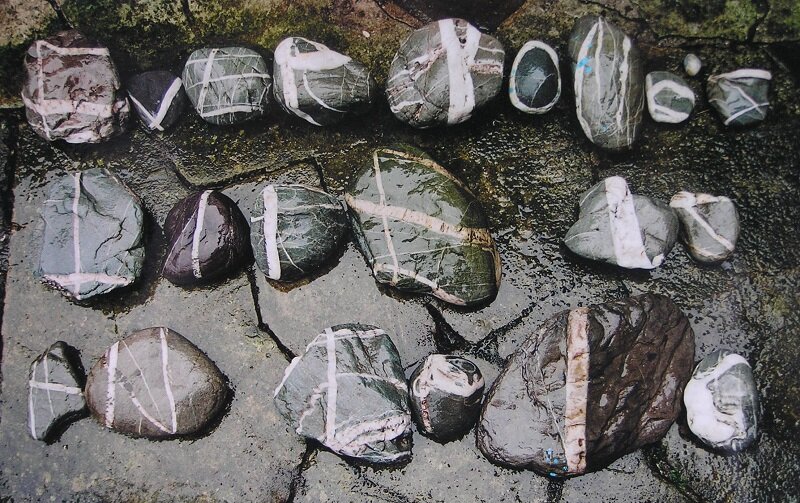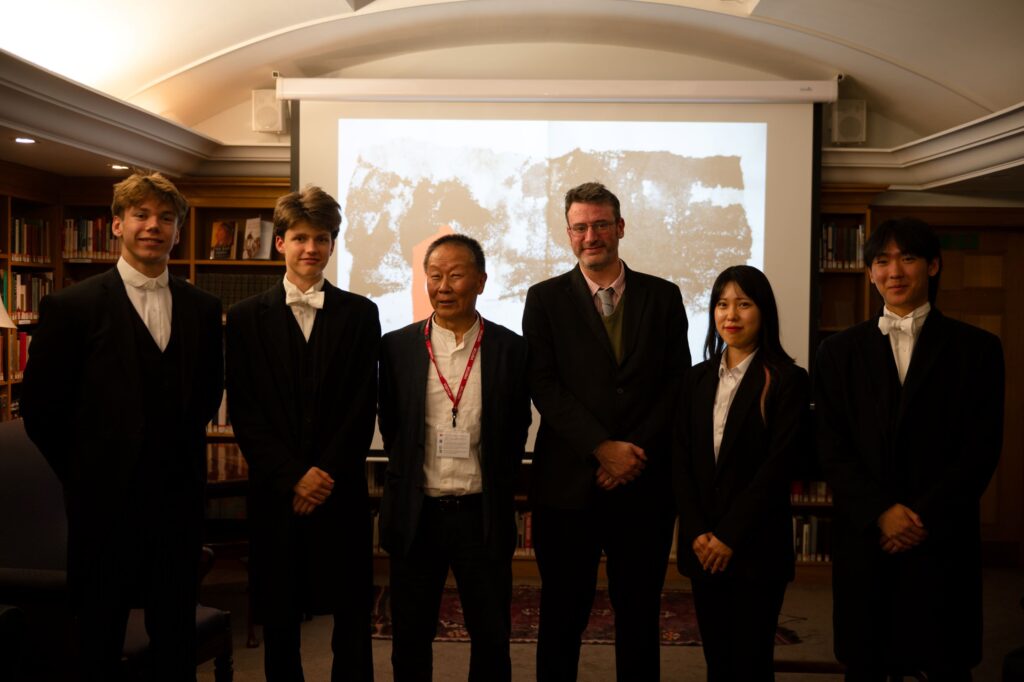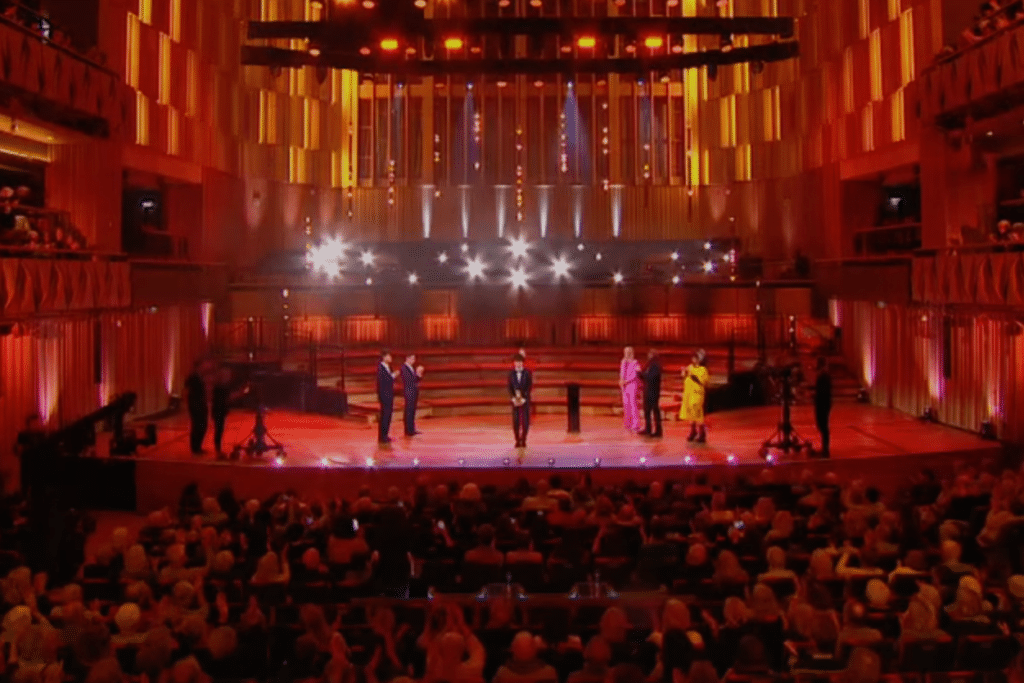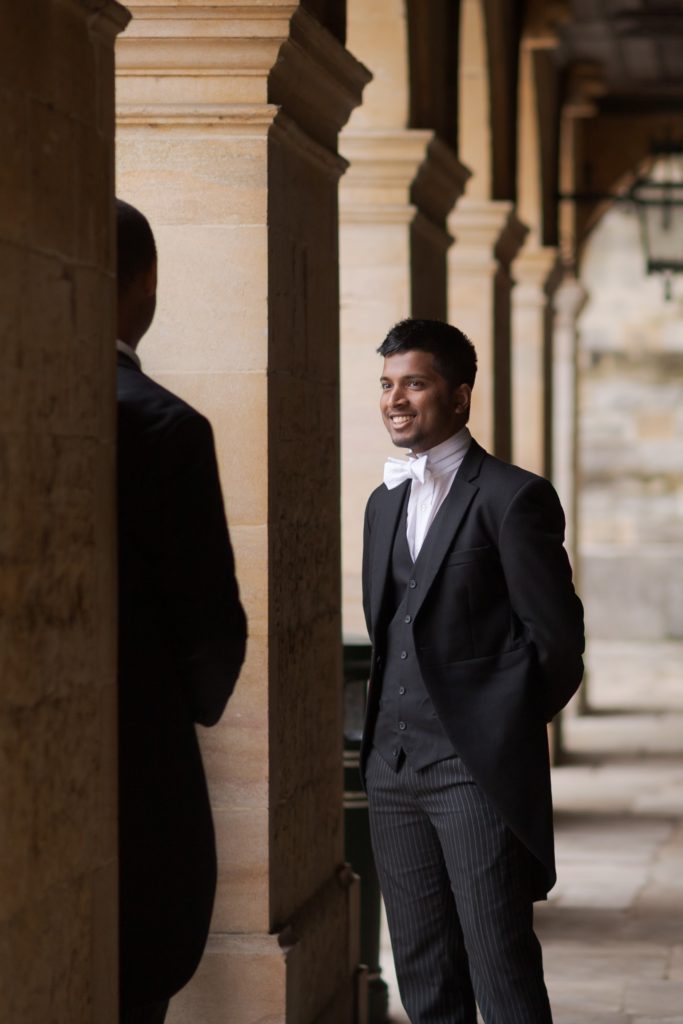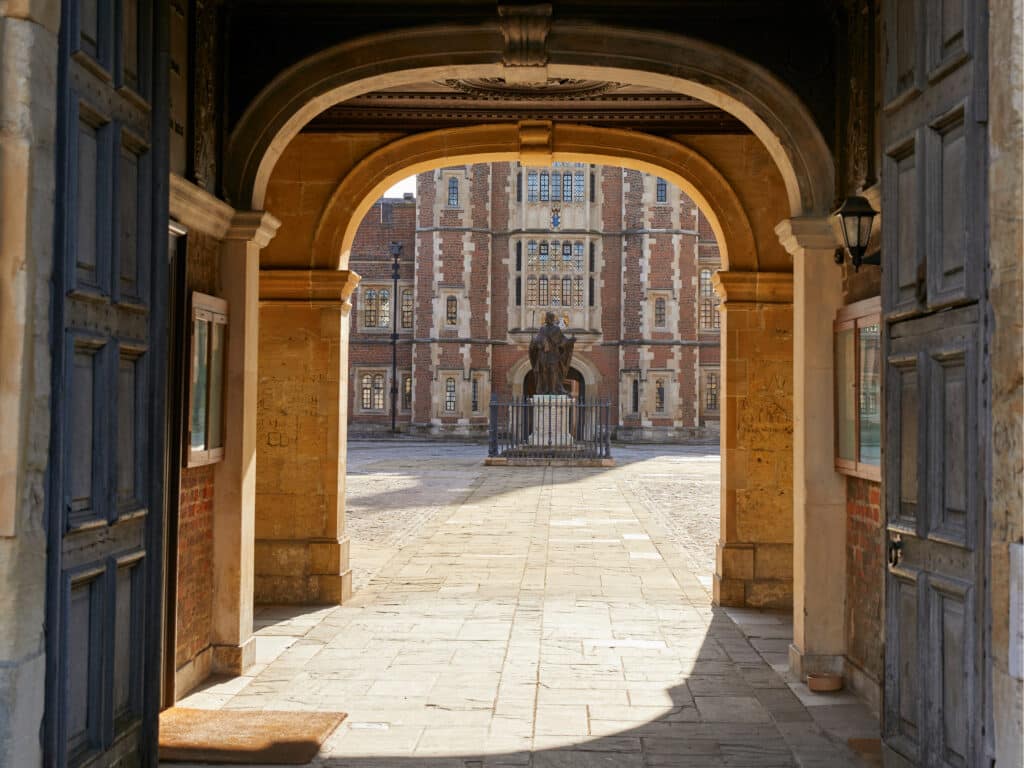On the night of Friday 27 September, the East Asian and Alexander Cozens Societies jointly welcomed artist Qu Lei Lei. Following events such as sake tasting and cultural movie nights, Lei Lei, took the boys on a chronological cruise of his life through his artwork in the last week of East and South Asian (ESEA) Heritage Month.
As one of the founding members of the ‘Stars Art Democracy Movement,’ Lei Lei was responsible for the first ever contemporary art movement to appear in post Maoist China, a foundation of the Chinese avant-garde. He started his story with the group’s historically significant exhibition on the streets outside China Art Museum. The focus of the exhibition was freedom of expression and was a protest against the state-sanctioned, social realist art and propaganda on display inside the building. Though the exhibition was soon closed by officials, it didn’t stop Lei Lei from expressing himself. He relocated to London to continue his artistic practice, blending his Chinese aesthetics in calligraphy and ink painting with Western painting techniques.
Lei Lei recalled conversations he had with strangers in London, talking at length about their experiences, hopes and beliefs – some humorous and others rather emotional. He captured these raw emotions powerfully through portraiture. With exposure to Western art, and in particular the influence of the ‘old masters,’ Lei Lei talked about his quest to refine and express bodily beauty in his own artworks. We were able to trace his development through his life-sized figurative paintings as well as his series of hand motifs which he referred to as a universal language for humans. A personal favourite artwork from that night was a natural stone installation that read ‘everyone’s life is an epic’.
The boys also discussed the balance of commercial success and self-expression for an emerging artist, which Lei Lei likened to the two legs of a human body. He explained how his initial focus on authenticity was eventually followed by the success to which many aspire. Many thanks must go to the ESEA Heritage Committee for organising the event and to Lei Lei for his fascinating insights.
